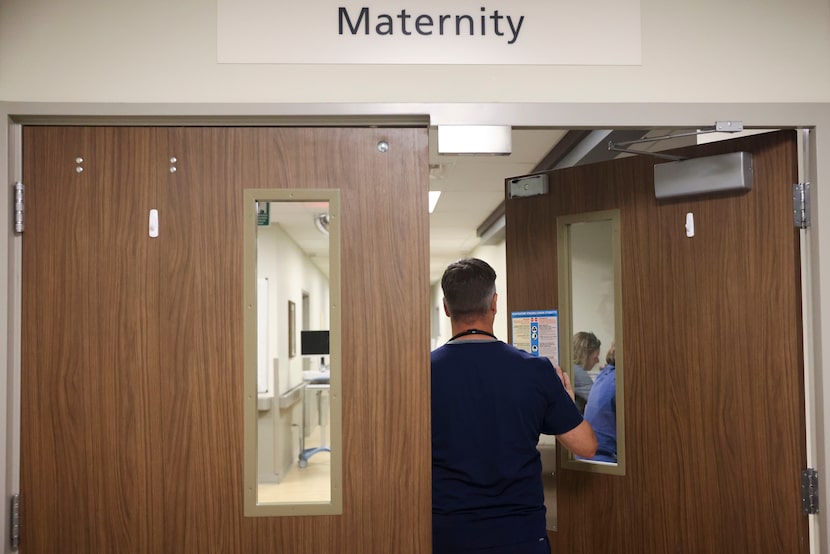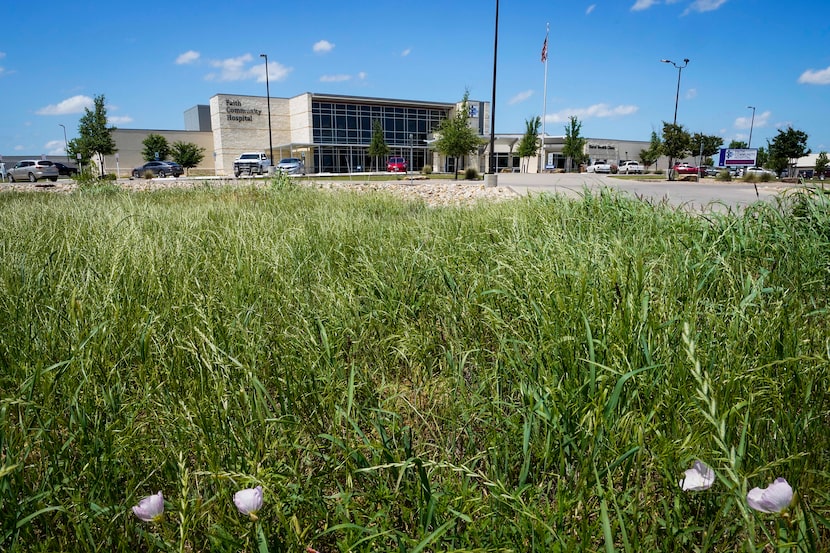Lots of people have suggestions for how Texas should use its federal rural health funds.
The Rural Health Transformation Program, created under the “One Big Beautiful Bill Act,” allocates $50 billion over the next five years for rural health care across the country. Half of those funds will be split evenly amongst the states. States will compete for the remaining half of the funds.
Texas will soon submit its application, vying against other states for as large of a chunk as it can get of the $25 billion that’s up for grabs. As the state Health and Human Services Commission has worked on the application, the agency has solicited ideas and input from the public.
Those ideas have been wide-ranging. One public submission, obtained by The Dallas Morning News through a public records request, outlined a plan for using drones in health care delivery.
Business Briefing
A number of pharmacists spoke at a mid-October public hearing, underscoring the role that pharmacies play in rural communities with limited medical access. Representatives of major health systems logged onto the public hearing, too, bringing urban hubs into the rural health conversation.
While the federal program emphasizes “transformation,” rural hospital advocates and executive stress that many rural hospitals are fighting simply to keep their doors open.
“Right now, ‘sustainability’ and ‘survival’ would be the words I use before ‘transformation,’” said Terry Scoggin, the interim CEO and president of the rural hospital advocacy organization TORCH.
“Get us through two years of this, then let’s start talking about transformation.”
The state’s rural hospitals have a familiar face to look to in the application process. John Henderson, the CEO of TORCH, has taken a leave of absence from the organization and is working with the state on its application.
Advocates and CEOs of Texan rural hospitals say they do want to transform rural health care — they first need enough funding to stabilize their finances, and right a ship that’s constantly threatening to sink.

Dr. Jeremy Johnson performs an ultrasound on Bree Ward, on Friday, Aug. 22, 2025, at Faith Community Hospital in Jacksboro, TX.
Shafkat Anowar / Staff Photographer
At risk of closure
Many rural hospitals are struggling financially, plagued by a combination of low patient volume and low reimbursement rates.
“Everybody is struggling right now,” said Rebecca McCain, the CEO of Electra Hospital District. “That’s where everybody is right now, is trying to survive.”
About 70% of Texas’ rural hospitals had losses on patient services in 2024, according to an August report from the Center for Healthcare Quality and Payment Reform. Of the state’s 156 rural hospitals, the same report found, 84 are at risk of closure.
Mid Coast Medical Center Trinity, about 90 miles north of Houston, announced earlier this year that it was closing under financial stress. A hospital in Wichita Falls — a small facility, though not rural — announced its closure in October.
For facilities that stay open, the financial strain can still lead to a reduction in services such as labor and delivery, leaving rural residents with less and less access to necessary medical care.
Rural hospitals are extra on edge now, as they brace for Medicaid cuts enacted by the Trump administration. Nationwide, the federal rural health funds will replace less than 40% of the cuts in Medicaid funding, according to an analysis from the health policy organization KFF.

Dr. Jeremy Johnson walks into the labor and delivery unit in between his ultrasound appointments, on Friday, Aug. 22, 2025, at Faith Community Hospital in Jacksboro, TX.
Shafkat Anowar / Staff Photographer
“The concern is: Are more hospitals in Texas going to close?” said Stephen Love, the president and CEO of the Dallas-Fort Worth Hospital Council. “And/or, are some of the rural hospitals going to cut services, such as OBGYN?”
Love said hospital representatives generally agree that innovation — through new technology, or through pilot programs — is a good thing.
“But it’s not going to solve the immediate, short-term cash flow issues that our rural hospitals face,” he said. “They need direct financial help to offset the shortfall and the cuts in Medicaid.”
Facing these headwinds, advocates and CEOs say that rural hospitals need stabilization funds now, so that they can start thinking about transformation and innovation down the road.
Prioritizing rural areas
Hospital advocates are also keeping an eye on where, exactly, the federal rural health funds go.
The concern is two-fold.
First, they worry about how much of the available funds will go to Texas; As a large state with a large population, the structure of the federal program leaves a possibility that Texas could receive fewer dollars per capita than smaller or less populous states.
“I would hate to see Texas get the same amount of money as, say, Montana,” said Frank Beaman, the CEO of Faith Community Health System in Jacksboro. “No disrespect towards Montana, but look at how many rural hospitals are in Montana versus those that are in Texas.”

Exterior view of Faith Community Hospital on Thursday, May 14, 2020, in Jacksboro, Texas. (Smiley N. Pool/The Dallas Morning News)
Smiley N. Pool / Staff Photographer
They worry, also, that the federal funds Texas does receive could be funneled toward urban areas. Scoggin said he’s concerned by proposals he’s heard from organizations or individuals who are not part of rural Texas.
“[In] rural communities, we go to church, we go to Walmart, we go to ball games with the same people,” said Scoggin, who was a long-time executive at Titus Regional Medical Center in Mount Pleasant.
“We know where the money needs to be spent. We know things that we can do to stabilize.”
Both Scoggin and McCain said that sending funding to rural hospitals wouldn’t prevent those hospitals from contracting with urban hospitals or institutions, for additional services.
“Our perspective is if we need that help, we can contract with them for that,” McCain said. “They’re already there if we need them.”
Henderson, the rural hospital advocate who’s been working on the state application, expressed a similar perspective in an email, which was included in a batch of public records that the state sent to The News.
“If the rural providers see value in your telemedicine service, they can use transformation funds to pay for it,” Henderson wrote to a health system representative who had reached out about the funds, “but the rurals should control the dollars.”
The federal applications for the Rural Health Transformation Program are due on Nov. 5.

